Material Selection Criteria

Our carefully crafted Material Selection Criteria forms the foundation of Piper & Skye’s sustainability efforts. This checklist helps us meet our objective of sustainably crafting beautiful handbags with the utmost respect for our planet and everything on it, and stems from our belief that we are in the unique position to honor what we have borrowed from nature. By sustainably upcycling our primary material input, pirarucu leather, Piper & Skye significantly reduces its carbon footprint. In selecting any new raw materials for use, the criteria presented below are carefully considered. As we continue on our sustainability journey and learn of new criteria that help us better assess sustainability, we will update and add to the criteria listed aside. In doing so, Piper & Skye will continually improve the sustainability of the handbags that we put out into the world.
Material Selection Criteria
Piper & Skye embodies the sustainable management and efficient use of natural resources within its stringent Material Selection Criteria. We work with our suppliers to ensure that management of the species is overseen by a governing body, which seeks to ensure the healthy and thriving biodiverse ecosystem in which the species lives. Our objective has always been to design luxury handbags that have the smallest possible environmental impact. The first step in this journey is the careful selection of materials that satisfy our material selection criteria. For example, using pirarucu which is a byproduct of a natural food source, makes more efficient use of the whole fish while simultaneously ensuring that the skins do not end up in a landfill or being burned. The following are the items we require in order to proceed with a certain raw material.
The species must meet at least one of the following criteria:
- Be used as a food source somewhere in the world.
- Be in over-population in its natural habitat.
- Be considered an invasive species.
The skins and leathers would be considered a waste product (headed for a landfill) unless passed-on to designers and artisans who create beautiful handbags and accessories with them.
Management of the species is overseen by a governing body (CITES, Fish and Wildlife Licensing, etc.) which seeks to ensure the healthy and thriving ecosystem in which the species lives.
There is no undue suffering in any form during the process of culling, fishing, or otherwise. We abide by the Five Freedoms originally defined by the Uk's Farm Animal Welfare Council.
Select only suppliers that align with our goals to reduce hazardous and toxic chemicals used in the tanning, dying, and manufacturing processes.

